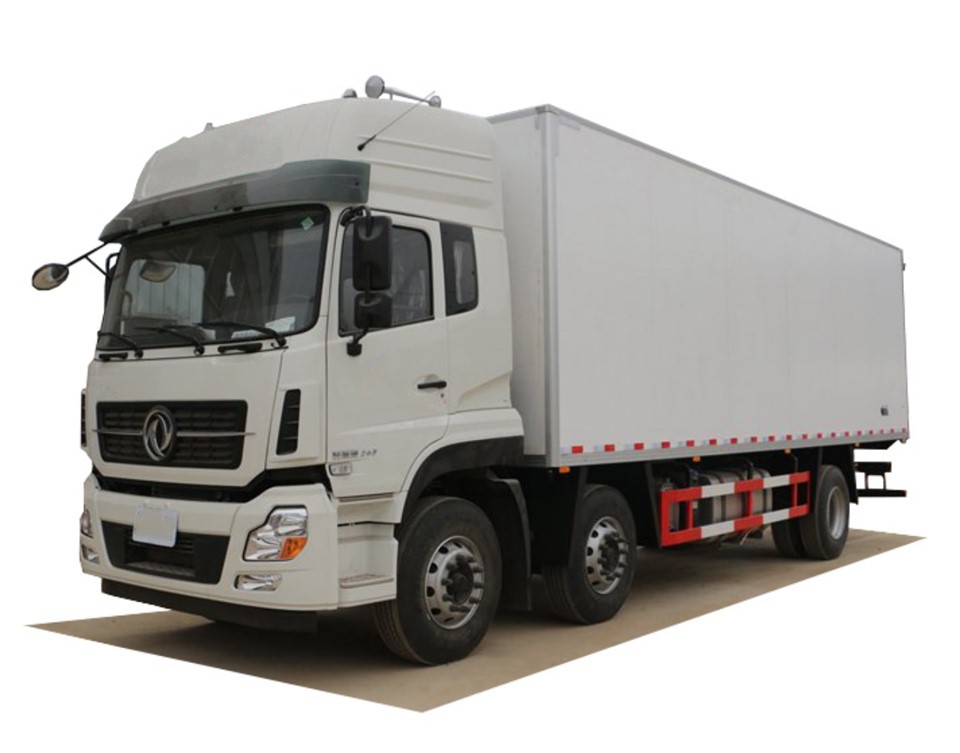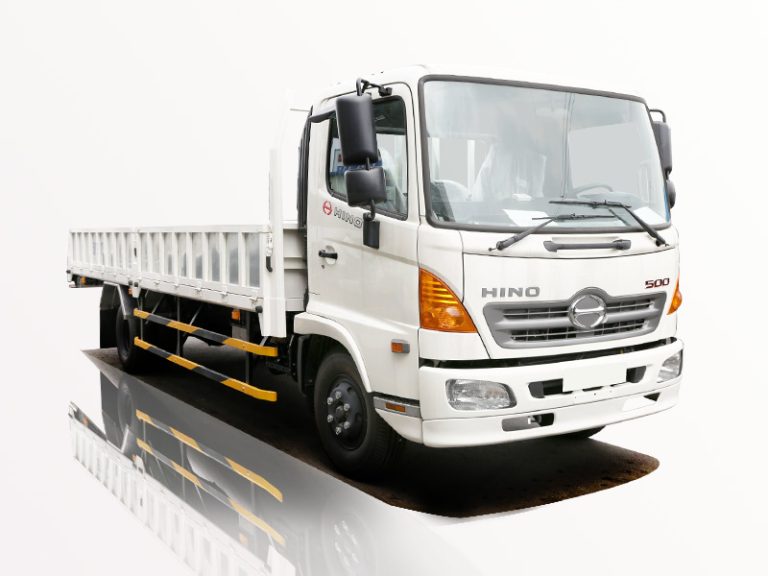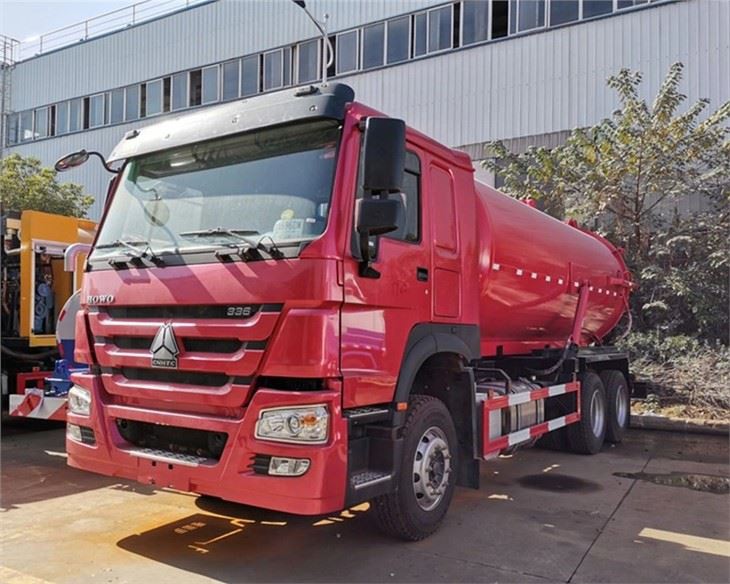In an age where efficiency and sustainability are at the forefront of urban planning and waste management, the automated side loader garbage truck emerges as a groundbreaking innovation. This article delves deep into understanding these marvels of engineering, their advantages, technological features, and practical applications, and showcases their influence on modern waste disposal.
What is an Automated Side Loader Garbage Truck?
An automated side loader garbage truck is a vehicle designed to collect waste with minimal human intervention. Using advanced technology, these trucks can lift and empty garbage bins automatically, ensuring efficient and timely waste collection. Equipped with robotic arms and sophisticated sensors, automated side loaders streamline the waste management process while enhancing safety and reducing labor costs.
Features of Automated Side Loader Garbage Trucks
- Robotic Arm: The primary feature is the robotic arm that extends to grab waste bins and empty them into the truck.
- Safety Sensors: These trucks are equipped with sensors to detect obstacles, ensuring safe operations around pedestrians and other vehicles.
- GPS Tracking: Some models come with GPS technology, allowing waste management companies to optimize routes and monitor truck performance in real-time.
- Energy-Efficient: Many automated side loaders are designed to be eco-friendly, often powered by alternative fuels or electricity.
Advantages of Automated Side Loader Garbage Trucks
1. Increased Efficiency
Automated side loaders can complete routes faster than traditional trucks. The automation reduces the need for manual labor, allowing the vehicle to handle more stops in less time.
2. Cost-Effectiveness
By reducing the number of workers needed for waste collection, municipalities and private waste management companies can significantly cut down on labor costs. The investment in automated side loaders also pays off in the long run with lower operational costs.
3. Improved Safety
With fewer employees required to physically collect and handle waste, the risk of injuries on the job decreases. The robotic systems minimize human contact with potentially hazardous materials.
4. Better Waste Collection
Automated side loaders optimize how waste is collected by ensuring that every bin is emptied efficiently. This contributes to cleaner neighborhoods and better overall sanitation.
5. Environmental Benefits
As mentioned earlier, many automated side loaders come equipped with eco-friendly technologies. Their enhanced fuel efficiency and lower emissions contribute positively to the environment.
How Automated Side Loader Garbage Trucks Work
Mechanism of Operation
The operational mechanism of an automated side loader garbage truck involves the following steps:
- Approaching the Bin: Using GPS and sensors, the truck identifies and approaches the waste bin on the curb.
- Engaging the Robotic Arm: The operator can remotely control the robotic arm or allow the truck’s automated system to handle it. The arm extends, grabs the bin, and lifts it.
- Emptying the Bin: The robotic arm tips the bin, emptying the contents into the truck’s hopper.
- Returning the Bin: After emptying, the robotic arm returns the bin to its original position on the curb.
- Completion of Route: The truck continues on its route, following pre-programmed directions efficiently.
Key Components of Automated Side Loaders
| Component | Function |
|---|---|
| Robotic Arm | Grabs and lifts waste bins for automatic emptying. |
| Sensors | Detects obstacles to protect pedestrians and vehicles. |
| GPS System | Helps in route optimization and real-time tracking. |
| Power System | Drives the robotic arm and other electric systems. |
Choosing the Right Automated Side Loader Garbage Truck
Factors to Consider
When selecting an automated side loader garbage truck, consider these aspects:
- Load Capacity: Ensure the truck can handle the volume of waste your city or business generates.
- Fuel Efficiency: Assess fuel consumption rates to minimize operational costs.
- Maintenance Requirements: Choose models with lower maintenance needs to reduce downtime.
- Technology Features: Look for advanced automation features, such as enhanced safety sensors and tracking systems.
Case Studies: Successful Implementations
City of San Diego
San Diego implemented an automated side loader garbage truck fleet, which resulted in a 25% reduction in operational costs. The automated system allowed for better route planning and faster collection times, leading to improved customer satisfaction.
Waste Management Inc.
Waste Management Inc. rolled out automated side loaders across several city divisions, and the program recorded a 30% increase in productivity. Their emphasis on eco-friendly models contributed to a substantial drop in emissions, aligning with their sustainability goals.
The Future of Waste Management with Automated Side Loaders
The trend towards automation in waste management displays the industry’s readiness for innovation. As technology continues to evolve, future automated side loader garbage trucks could potentially integrate artificial intelligence (AI) for better decision-making and real-time adjustments based on traffic or weather conditions.
Trends to Watch
- Electric Trucks: The shift towards electric-powered automated side loaders will likely gain momentum to meet sustainability goals.
- AI and Machine Learning: Future models may include AI capabilities to enhance navigation and improve route efficiency.
- Data Analytics: Using analytics to monitor waste generation trends will aid municipalities in improving services tailored to community needs.
Practical Tips for Implementing Automated Side Loaders
1. Assess Needs Thoroughly
Before investing, conduct a needs assessment to determine the volume of waste generated, peak collection times, and budget constraints.
2. Train Staff Properly
Provide comprehensive training for staff on how to operate the trucks safely and efficiently while emphasizing maintenance checks.
3. Monitor Performance
Utilize GPS and software analytics to monitor the truck’s performance and make adjustments to routing and schedules as necessary.
4. Maintain Regularly
Implement a regular maintenance schedule to keep the trucks in optimal condition, preventing breakdowns that could disrupt services.
FAQ
1. What are the benefits of automated side loader garbage trucks over traditional trucks?
Automated side loaders offer increased efficiency, reduced labor costs, enhanced safety, and better waste collection outcomes compared to traditional garbage trucks.
2. Are automated side loader garbage trucks safe to use in busy urban areas?
Yes, they are equipped with advanced safety sensors to detect obstacles, ensuring safe operation in busy areas.
3. How much does an automated side loader garbage truck cost?
The cost can vary widely based on the model and features, ranging from $200,000 to $400,000 or more per truck.
4. Do these trucks contribute to environmental sustainability?
Yes, many automated side loaders are designed to be eco-friendly, often powered by alternative fuels, which helps reduce emissions and energy consumption.
5. Can automated side loaders handle all types of waste?
While automated side loaders can manage a variety of solid waste, they are not ideal for hazardous materials or extremely heavy items that require special equipment.
6. What is the lifespan of an automated side loader garbage truck?
Typically, the lifespan ranges from 10 to 15 years, depending on usage and maintenance practices.



